PMC Bronze 10mm AMMO 170-Grain Jacketed Hollow Point Centerfire Handgun Ammunition
$50.0
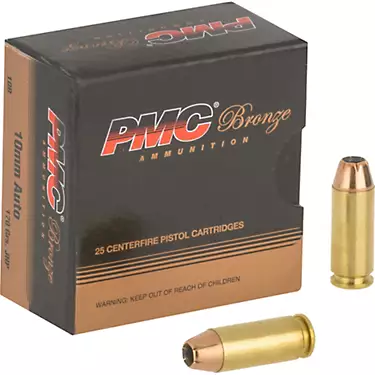
10mm ammo, also known as 10mm Parabellum or 9x19mm, is one of the most popular and widely used handgun cartridges in the world. Here are some key points about 9mm ammo:
1. Caliber: The term “10mm” refers to the bullet diameter of 9 millimeters. The cartridge has a bullet weight typically ranging from 115 to 147 grains.
2. Performance: 9mm ammo is known for its relatively mild recoil, making it easier to shoot accurately compared to larger calibers. It offers a good balance of stopping power, velocity, and capacity.
3. Usage: 10mm ammunition is commonly used by military, law enforcement, and civilian shooters for self-defense, target shooting, competition, and training purposes.
4. Variants: There are various types of 10mm ammunition available, including full metal jacket (FMJ) for target practice, jacketed hollow point (JHP) for self-defense, and specialty rounds for specific applications.
5. Compatibility: The 10mm cartridge is used in a wide range of firearms, including pistols, submachine guns, and carbines designed to chamber this caliber.
6. Availability: Due to its popularity, 9mm ammo is widely available from numerous manufacturers in various configurations and price points.
7. Ballistics: The ballistics of 10mm ammo can vary depending on the specific load and bullet type, but it generally offers good penetration and expansion characteristics.
8. Reloading: Reloading 10mm ammunition is a common practice among shooters who want to customize their loads for specific purposes or save money on shooting costs.
Overall, 9mm ammo is a versatile and effective cartridge that has earned its reputation as a reliable choice for a wide range of shooting applications. Whether for self-defense, target shooting, or competition, 9mm ammunition remains a popular and practical option for firearms enthusiasts.
AVIALABILITY
The availability of 10mm ammo can also vary depending on similar factors as mentioned for 9mm ammo. Here are some points to consider regarding the availability of 10mm ammunition:
1. Demand: While not as popular as 9mm, the 10mm cartridge has a dedicated following among handgun shooters, especially those who appreciate its power and ballistics. The demand for 10mm ammo may not be as high as for more common calibers, but it can still fluctuate based on market trends and shooting preferences.
2. Production: Many ammunition manufacturers produce 10mm cartridges to meet the demand from shooters who use this caliber. However, production capacity, raw material availability, and other factors can impact the availability of 10mm ammo, especially in specific bullet weights or configurations.
3. Retailers: Gun shops, sporting goods stores, online retailers, and other outlets that sell firearms and ammunition may carry 10mm cartridges, but the selection and availability may vary. Some retailers may stock a limited variety of 10mm ammo compared to more popular calibers.
4. Specialty Ammo: Some specialized types of 10mm ammunition, such as hunting loads or self-defense rounds, may have more limited availability compared to standard target or practice ammo. Shooters looking for specific types of 10mm cartridges may need to shop around or consider ordering online.
5. Pricing: The price of 10mm ammo can also be influenced by factors like demand, production costs, and market conditions. While 10mm may not always be as affordable or widely available as more common calibers, shooters can still find reasonably priced options with some research.
6. Availability Trends: Keeping an eye on availability trends for 10mm ammo, checking with local retailers, monitoring online sources, and considering bulk purchases if needed can help shooters stay prepared and well-supplied with 10mm ammunition.
Overall, while the availability of 10mm ammo may not be as widespread as more popular calibers like 9mm, shooters who prefer this powerful cartridge can typically find suitable options with some effort and planning. Staying informed about market trends and being proactive in sourcing 10mm ammo can help ensure that shooters have an ample supply for their shooting needs.
OVERVIEW
10mm ammo is a powerful handgun cartridge known for its high velocity, flat trajectory, and strong terminal ballistics. Developed in the early 1980s by firearms expert Jeff Cooper and ammunition manufacturer Norma, the 10mm Auto was originally designed for law enforcement and self-defense applications.
Here is an overview of 10mm ammo:
1. Ballistics: The 10mm cartridge typically fires a 10.16mm (0.400-inch) diameter bullet at velocities ranging from around 1,200 to 1,400 feet per second (fps), depending on the load. This results in strong energy levels and good penetration, making it effective for hunting, self-defense, and target shooting.
2. Power: The 10mm offers more power and energy than popular handgun calibers like 9mm and .45 ACP. It is known for its ability to deliver significant stopping power and terminal performance, making it a favorite among shooters who value ballistic performance.
3. Versatility: The 10mm cartridge is versatile and can be used for a variety of applications, including hunting medium-sized game, self-defense against both two-legged threats and dangerous animals, and competitive shooting disciplines like USPSA or IDPA.
4. Availability: While not as common as some other handgun calibers, 10mm ammo is still widely available from major ammunition manufacturers like Federal, Remington, Winchester, Hornady, and others. Shooters can find a variety of bullet weights, types (FMJ, JHP, etc.), and configurations to suit their needs.
5. Recoil: Due to its higher power level, the 10mm generates more recoil than lighter calibers like 9mm. Shooters who are sensitive to recoil may find the 10mm cartridge to be more challenging to shoot accurately, especially in lightweight handguns.
6. Cost: The cost of 10mm ammo can vary depending on the manufacturer, bullet weight, and quantity purchased. While it may be slightly more expensive than some more common calibers, shooters can still find affordable options for practice and training.
Overall, the 10mm ammo offers a balance of power, versatility, and ballistic performance that appeals to a wide range of handgun shooters. Whether used for hunting, self-defense, or target shooting, the 10mm cartridge remains a popular choice for those seeking a potent and effective handgun round.
SPECIFICATION
Here are some common specifications for 10mm ammo:
1. Bullet Diameter: The 10mm cartridge typically fires a bullet with a diameter of 10.16mm (0.400 inches).
2. Bullet Weight: Bullet weights for 10mm ammo can vary, but common weights range from 155 grains to 200 grains for most commercial loads.
3. Velocity: The velocity of 10mm ammo can range from around 1,200 feet per second (fps) to 1,400 fps, depending on the specific load and bullet weight.
4. Energy: The energy of 10mm cartridges is typically high, with muzzle energies ranging from around 500 foot-pounds (ft-lbs) to over 700 ft-lbs, depending on the load.
5. Pressure: The standard maximum average pressure (MAP) for the 10mm Auto cartridge is around 37,500 pounds per square inch (psi).
6. Case Length: The case length of the 10mm Auto cartridge is approximately 25.2mm (0.992 inches).
7. Overall Length: The overall length of a loaded 10mm cartridge is typically around 32mm (1.26 inches).
8. Bullet Types: Common bullet types for 10mm ammo include Full Metal Jacket (FMJ), Jacketed Hollow Point (JHP), and Solid Copper Hollow Point (SCHP), among others.
9. Uses: The 10mm cartridge is suitable for a variety of applications, including self-defense, hunting, target shooting, and competition shooting.
These specifications can vary slightly depending on the specific manufacturer and load of 10mm ammo. It’s essential to refer to the manufacturer’s specifications for the specific 10mm ammunition you are using to ensure proper performance and safety.
EGORNOMICS
When it comes to the economics of 10mm ammo, there are several factors to consider:
1. Cost: The cost of 10mm ammo can vary depending on the brand, bullet weight, bullet type, and quantity purchased. Generally, 10mm ammo is more expensive than popular handgun calibers like 9mm or .45 ACP due to its larger size and less widespread use.
2. Availability: While 10mm ammo may not be as readily available as more common calibers, it is still produced by many major ammunition manufacturers. Availability can affect the price and convenience of purchasing 10mm ammo.
3. Reloadability: Some shooters choose to reload their own ammunition to save money in the long run. 10mm brass can be reloaded multiple times, which can help offset the initial cost of purchasing factory-loaded ammunition.
4. Performance: The 10mm cartridge offers significant power and performance, making it a popular choice for hunting and self-defense. While the cost per round may be higher, the performance benefits of the 10mm can justify the investment for certain applications.
5. Bulk Purchases: Buying 10mm ammo in bulk quantities can often lead to cost savings per round. Many retailers offer discounts for purchasing larger quantities of ammunition, which can help reduce the overall cost of shooting 10mm.
6. Comparative Cost: When considering the economics of shooting 10mm ammo, it’s essential to compare the cost per round with other calibers and factor in the benefits of the 10mm cartridge’s performance and versatility.
Overall, while 10mm ammo may be more expensive than some other handgun calibers, its power and performance characteristics can make it a worthwhile investment for shooters who prioritize those qualities in their ammunition choice.
HISTORY
The 10mm Auto cartridge has an interesting history that dates back to the 1980s. Here are some key points about the history of 10mm ammo:
1. Development: The 10mm Auto cartridge was developed by firearms manufacturer Norma of Sweden in collaboration with American firearms manufacturer Colt. The goal was to create a powerful cartridge that could offer improved ballistics and performance compared to existing handgun calibers.
2. Introduction: The 10mm Auto cartridge was introduced to the market in 1983 along with the Bren Ten pistol, which was designed to chamber this new round. The Bren Ten was envisioned as a high-capacity semi-automatic pistol for law enforcement and civilian use.
3. FBI Adoption: The 10mm Auto gained popularity when the FBI adopted it as their standard issue cartridge in the late 1980s. The FBI’s adoption of the 10mm was based on its superior ballistics and terminal performance compared to the 9mm and .38 Special cartridges previously used.
4. Recoil Concerns: Despite its advantages, the 10mm Auto’s powerful recoil proved to be a challenge for some shooters, leading to concerns about controllability and follow-up shots. This ultimately led to the development of a reduced-power version of the 10mm known as the .40 S&W cartridge.
5. Resurgence: In recent years, there has been a resurgence of interest in the 10mm Auto cartridge among shooters who appreciate its power and performance characteristics. The 10mm is now used for a variety of applications, including hunting, self-defense, and competition shooting.
6. Variants: There are different variants of the 10mm Auto cartridge available today, with varying bullet weights, velocities, and performance characteristics. Shooters can choose from a wide selection of factory-loaded ammunition or reload their own cartridges to tailor the performance to their specific needs.
Overall, the history of the 10mm Auto cartridge is marked by its development as a high-performance handgun round, its adoption by law enforcement agencies like the FBI, and its continued popularity among shooters who value its power and versatility.
Reviews
There are no reviews yet.
Related products
Uncategorized
Uncategorized
Uncategorized
Uncategorized
Uncategorized
Uncategorized
Uncategorized
Uncategorized



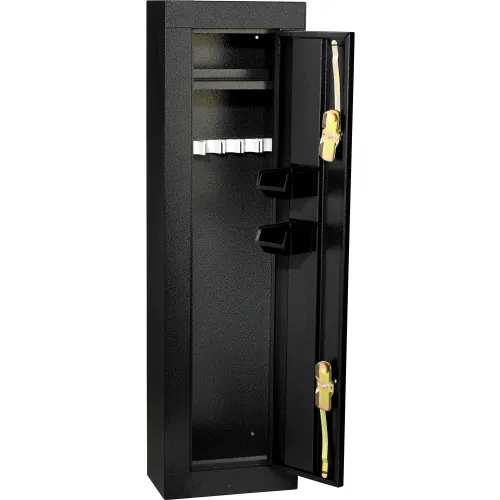
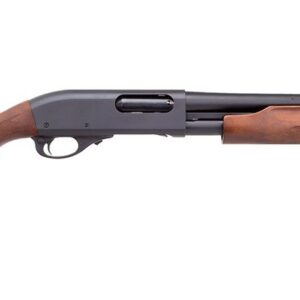
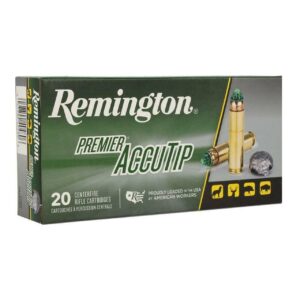
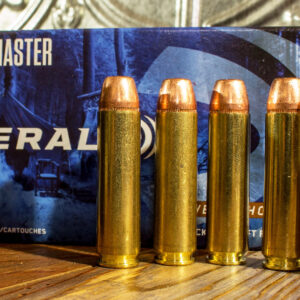

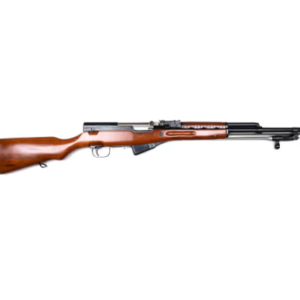


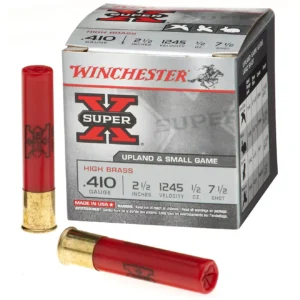

Be the first to review “PMC Bronze 10mm AMMO 170-Grain Jacketed Hollow Point Centerfire Handgun Ammunition”